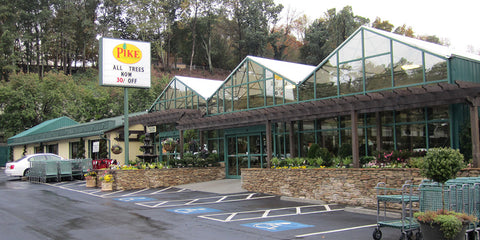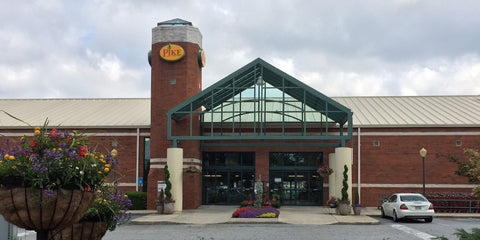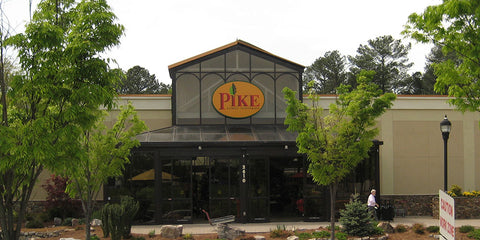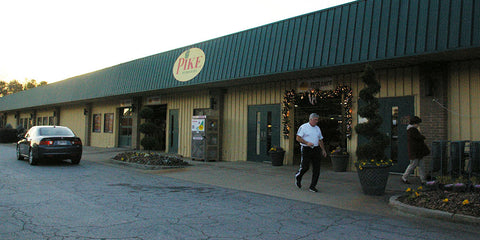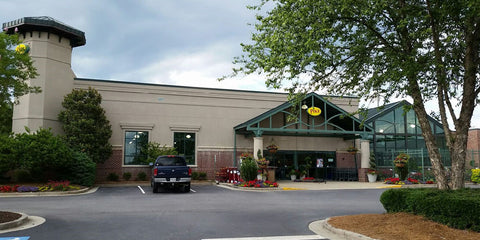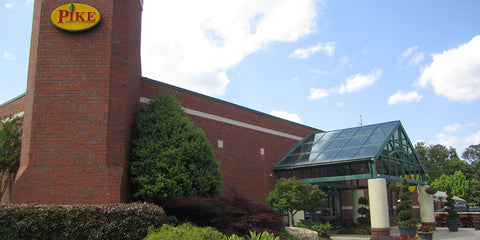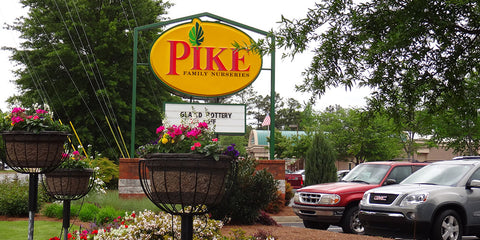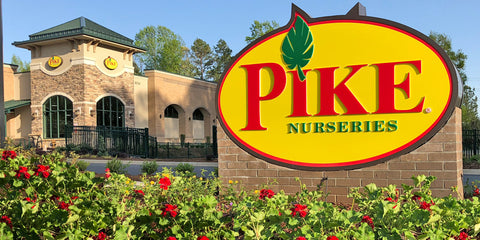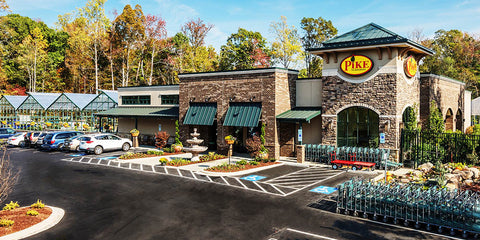Details
Impatiens are a dense herbaceous annual with a mounded form. Its medium texture blends into the garden, but can always be balanced by a couple of finer or coarser plants for an effective composition.
This plant will require occasional maintenance and upkeep, and should not require much pruning, except when necessary, such as to remove dieback. It has no significant negative characteristics.
Accent&trade: Impatiens are recommended for the following landscape applications:
- Mass Planting
- Border Edging
- General Garden Use
- Container Planting
- Hanging Baskets
Features
Impatiens are smothered in stunning shades of pink, red, white and coarl round flowers at the ends of the stems from mid spring to late summer. Its small pointy leaves remain green in color throughout the season. The fruit is not ornamentally significant.
Care
Planting & Growing
Impatiens will grow to be about 10 inches tall at maturity, with a spread of 12 inches. When grown in masses or used as a bedding plant, individual plants should be spaced approximately 10 inches apart. Its foliage tends to remain low and dense right to the ground. This fast-growing annual will normally live for one full growing season, needing replacement the following year.
This plant does best in partial shade to shade. It does best in average to evenly moist conditions, but will not tolerate standing water. It is not particular as to soil type or pH. It is highly tolerant of urban pollution and will even thrive in inner city environments. This is a selected variety of a species not originally from North America. It can be propagated by cuttings; however, as a cultivated variety, be aware that it may be subject to certain restrictions or prohibitions on propagation.
Impatiens are a fine choice for the garden, but it is also a good selection for planting in outdoor containers and hanging baskets. It is often used as a 'filler' in the 'spiller-thriller-filler' container combination, providing a mass of flowers against which the thriller plants stand out. Note that when growing plants in outdoor containers and baskets, they may require more frequent waterings than they would in the yard or garden.







